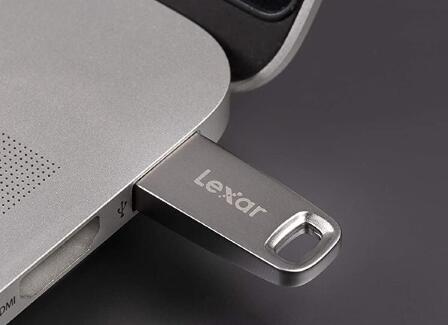Whether used for personal, educational, or professional purposes, the choice of format for a USB drive can significantly impact its efficiency, compatibility, and overall performance. Choosing the right format is crucial not just for seamless data management but also for ensuring the drive’s longevity and reliability.
USB Drive Formats
USB drives can be formatted in several file systems, each with its own strengths and weaknesses. The primary formats include FAT32. NTFS, exFAT, and others. Understanding these formats is essential for making an informed decision about which one best suits your needs.
FAT32:
Overview: FAT32 (File Allocation Table 32) is one of the oldest and most widely used file systems. It was developed by Microsoft in 1996 and has been a staple for various storage devices.
Advantages: FAT32 is compatible with almost all operating systems, including Windows, macOS, and Linux. It’s also suitable for use in devices like game consoles, cameras, and car audio systems.
Limitations: FAT32 has a file size limit of 4 GB and a volume size limit of 8 TB. This makes it less ideal for storing large files or for drives used for extensive data storage.

NTFS:
Overview: NTFS (New Technology File System) is the standard file system for Windows operating systems since Windows XP. It offers a range of advanced features not available in FAT32.
Advantages: NTFS supports larger file sizes and volumes compared to FAT32. It also provides enhanced security features like file permissions and encryption, as well as better performance and reliability.
Limitations: NTFS is primarily compatible with Windows. While macOS and Linux can read NTFS drives, writing to NTFS is often restricted without additional software or drivers.
exFAT:
Overview: exFAT (Extended File Allocation Table) was introduced by Microsoft in 2006 and is designed to bridge the gap between FAT32 and NTFS.
Advantages: exFAT supports larger files and volumes than FAT32. making it suitable for modern storage needs. It is compatible with both Windows and macOS, and it is often used in SD cards and flash drives.
Limitations: While exFAT is widely supported, it lacks some of the advanced features of NTFS, such as file permissions and encryption.
Other Formats:
Overview: There are other formats like HFS+ (used by macOS), and more specialized formats used for specific applications.
Advantages and Limitations: Each of these formats has its own specific use cases and compatibility issues. For most users, FAT32. NTFS, and exFAT cover the majority of needs.
Factors to Consider When Choosing a Format
Compatibility:
Overview: Ensure the format you choose is compatible with the devices and operating systems you use. For example, FAT32 is ideal for cross-platform compatibility, while NTFS is better suited for Windows-centric environments.
File Size and Volume Size:
Overview: Consider the types of files you will store. For instance, if you regularly handle files larger than 4 GB, FAT32 might not be suitable.
Security and Permissions:
Overview: If you need to protect sensitive data, formats like NTFS offer advanced security features that FAT32 and exFAT do not.
Performance and Reliability:
Overview: NTFS and exFAT generally offer better performance and reliability compared to FAT32. especially for larger volumes and files.
The Best Format for Different Use Cases
General Use and Cross-Platform Compatibility:
Recommendation: exFAT is often the best choice for a balance of compatibility, performance, and file size support.
Windows-Only Environments:
Recommendation: NTFS is ideal for use with Windows systems where advanced features and larger file support are necessary.
Compatibility with Older Devices:
Recommendation: FAT32 remains the best choice for older devices and systems that may not support newer formats.
About us and this blog
Panda Assistant is built on the latest data recovery algorithms, ensuring that no file is too damaged, too lost, or too corrupted to be recovered.
Request a free quote
We believe that data recovery shouldn’t be a daunting task. That’s why we’ve designed Panda Assistant to be as easy to use as it is powerful. With a few clicks, you can initiate a scan, preview recoverable files, and restore your data all within a matter of minutes.
Subscribe to our newsletter!
More from our blog
See all postsRecent Posts
- Data recovery salt lake city utah 2025-04-18
- Data recovery sacramento 2025-04-18
- Data recovery miami 2025-04-18

 Try lt Free
Try lt Free Recovery success rate of up to
Recovery success rate of up to









